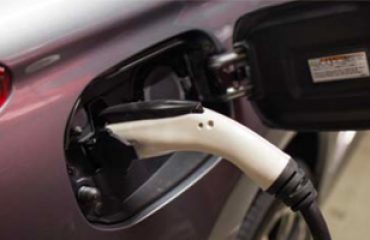IKEA Australia has made the commitment to use only electric vehicles (EVs) by 2025.
In partnership with its transport service providers IKEA will be the first home furnishing company in Australia to have last mile deliveries and assembly services carried out by electric vehicles and aims to reach a five per cent roll out by mid-2019, rising to ten per cent in 2020 and 100 per cent by the end of the 2025 financial year.
“At IKEA we want to drive positive change,” IKEA Australia Country Manager Jan Gardberg said in Sydney on Friday.
“That’s why we are committed to achieving zero emissions from delivery vehicles and ensuring 100 per cent of our fleet will be electric vehicles.”
IKEA’s contractor ANC has already put into service a number of EVs based on the Hino 300 series platform equipped with SEA Electric drivelines.
The Hino 917 models have a GVM of 7,995kgs and a payload capacity of 4,274 kgs.
Maximum power is 125kW with continuous power of 80kW available.
Developments in battery and charging technology has provided the trucks with a range of up to 350km and a battery life expectation in excess of ten years.
Full charge takes up to six hours and is performed via a connection to a standard 32 amp three phase outlet similar to what is found in most factory units.
The inbuilt regenerative braking system assists in battery charging as well as reducing wear on braking components.
ANC Managing Director James Taylor said that the savings in fuel and maintenance costs should be able to offset the higher initial capital outlay after between four and five years.
Finn Dunleavy, ANC Implementation Manager has been involved with the IKEA EV project for more than three years and is pleased with the practical payload the trucks can achieve.
“Just over 4,200kgs with an eight pallet truck is a really useful weight and we’ve actually been able to get up to four or five hundred kilograms of cargo more than a diesel equivalent. For the number crunchers that’s a nice win,” said Finn.
“The impressive number is the maximum torque of 1,470Nm,” he said.
The trucks have so far been averaging 17-20 deliveries per day, covering up to 250 kilometres, and returning to the distribution centres with at least 20 per cent battery capacity remaining even after operating tailgate loaders and air conditioning systems.
IKEA and ANC aim to annually save 32,000kgs per truck of Co2 compared to diesel. READ MORE
Article by Prime Mover Magazine, 11th March 2019




